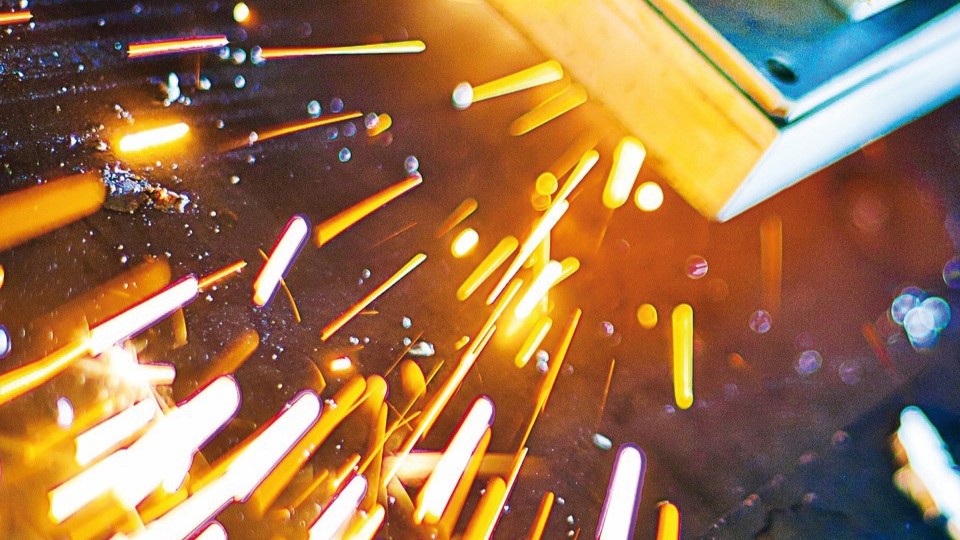Blog
Follow our blog and stay informed with the latest news about AMS Technologies and the industry as well as applications and use cases in our core technologies optical, thermo, and power.
Do you want to read more? Sign up to "Technology Insights", our monthly newsletter on LinkedIn, and never miss an update.
Modular Laser Micromachining: A Scalable Platform for Precision Manufacturing
Laser micromachining has become a key enabling technology in high-precision manufacturing. Its ability to process a wide range of materials like metals, glass, polymers, and composites with minimal thermal impact makes it indispensable across sectors such as electronics, medical devices, photonics, and automotive. However, as production environments evolve toward greater variability and customization conventional, single-purpose laser systems have their limitations.
Efficient Subcontracting in Europe: Expanding HMLV Capabilities
In today's dynamic business environment, companies are increasingly turning to subcontracting as a strategic approach to manage high-mix, low-volume (HMLV) production. This strategy allows businesses to remain agile and competitive by leveraging external expertise and resources. Notably, there is a growing trend for companies to seek subcontracting and contract manufacturing solutions within Europe, rather than going abroad.
Streamlining Multi-Fiber Processing Step by Step
The demand for high-speed internet and reliable communication networks continues to surge. and so is the need for efficient and precise multi-fiber processing. However, multi-fiber processing presents several challenges that can impact the efficiency and quality of fiber optic networks.
Cooling for Aesthetic Laser Systems: Meeting Huge Demands with Compact Solutions
Cooling solutions for aesthetic laser systems need to provide reliability while balance packaging, noise levels, and power consumption. Our solutions meet your needs!
GH Optics – Leading in Aspheric Lenses and Optical Solutions
Get to know our partner GH Optics and their wide portfolio of aspherical lenses for visible and IR as well as optical assemblies.
Transitioning to Green Gases: Challenges and Solutions in Compressor Cooling Systems
Explore the transition to green gases in compressor cooling systems and understand the challenges and opportunities this shift presents.
LIBS and MOPA Lasers: More Efficiency for Aluminum Recycling
Laser-induced breakdown spectroscopy for recycling of light metals like aluminum is a great application for MOPA lasers.
Peltier vs. Compressor Cooling – 8 Key Considerations To Help You Make The Right Choice
Get to know the key differences between thermoelectric (or peltier) and compressor cooling systems and make the right decision for your application.
Which aspheric lens can I use to couple the light from my laser diode into my fiber?
Efficiently coupling collimated laser diode light into an optical fiber is best achieved using an aspheric lens. This method operates smoothly, ensuring success when key considerations are taken into account. Learn more in this blog article.
I want to collimate the light of a laser diode – how do I find the right aspheric lens?
This blog article provides guidance on identifying the appropriate aspheric lens for effectively collimating the light emitted by a laser diode.
Aspheric lenses: when the sphere is not enough
This blog post delves into the specifics of what constitutes an aspheric lens, highlighting the distinctions from spherical lenses, and provides relevant information regarding molded aspheric lenses.










